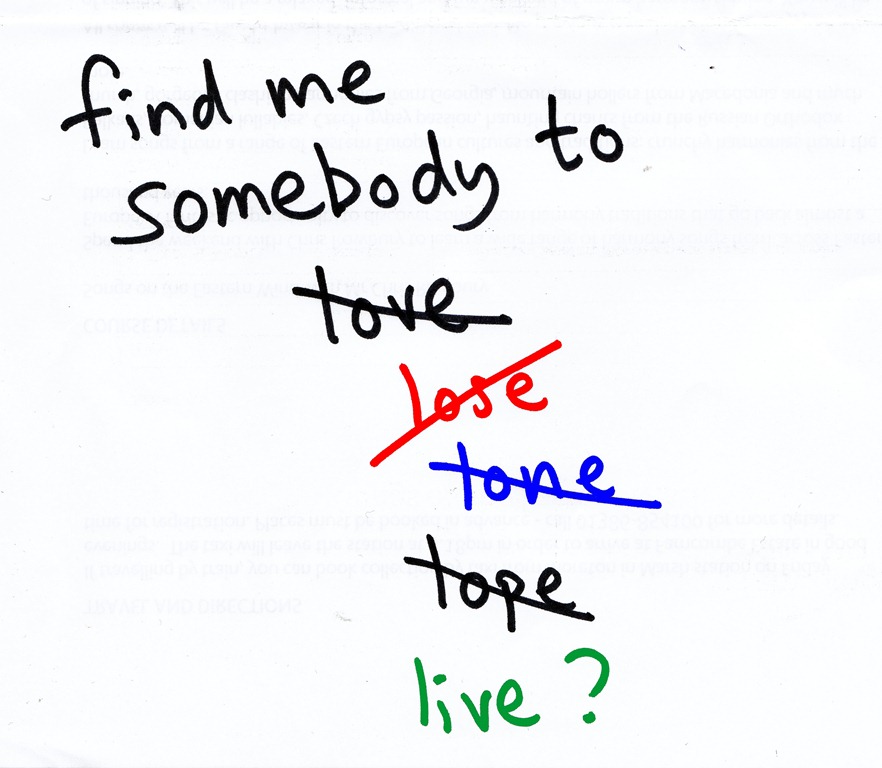[A version of this article first appeared as a post on my blog From the Front of the Choir]
Some years ago I did some voice-only arrangements of Queen songs for a weekend workshop. I ended up listening to a lot of Queen recordings!

It made me wonder: how close do you need to stick to the original recordings when doing voice-only arrangements?
When people come to learn a well-known song they expect an arrangement which is close to the original that they’re familiar with. If it strays too far then they will be disappointed.
In the pop world, the opposite is often the case. When someone covers a well-known song and it sounds too much like the original we wonder what the point is. We love it when someone makes a cover version their own and brings new life to a familiar song.
However, in a workshop, it’s the love of the original song that has attracted people in the first place. They want an arrangement that reflects the original recording.
My dislike of choirs singing pop songs is well known (see Why choirs shouldn’t sing pop songs). One of the things that I really don’t like is when the voice impersonates instruments and there are lots of ‘dum dums’ and ‘doo doos’.
But it’s often the instrumental breaks which give the original songs their flavour and uniqueness. Take the riffs away in your arrangement and it becomes a different song.
So how does one do a purely vocal arrangement that is true to the original yet doesn’t slavishly copy it or have to reproduce all the instruments?
I learnt several things while attempting those Queen arrangements:
I’d love to hear you experiences of either singing or arranging well-known songs. How do you manage to stay faithful to the original, but using voice only? Is it possible to do a radical arrangement of a pop song and not disappoint people who know and love the original?
Chris Rowbury
website: chrisrowbury.com
blog: blog.chrisrowbury.com
Facebook: Facebook.com/ChrisRowbury
Twitter: Twitter.com/ChrisRowbury
Monthly Music Roundup: Tinyletter.com/ChrisRowbury